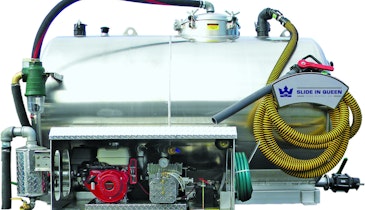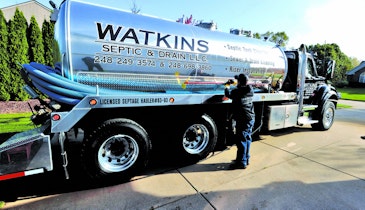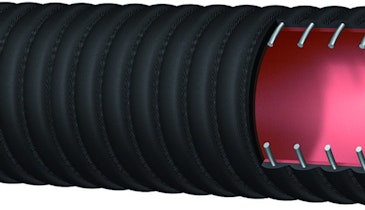How do I clean up this mess?
Question:
A driver pumped a septic tank today that apparently had some kind of foaming agent in it, maybe a cleaner. The next stop was a residence. Even though the vacuum tank was only half full, it filled completely with foam, which went through the pump and all over the truck, the yard and the street. Being foam, of course, it didn’t float the balls. So he’s got no vacuum, and the neighborhood is contaminated.
Answers:
This is a great story with lots of lessons to learn. What should the driver have looked/smelled for in the tank before pumping to avoid this? When did he detect the issue? How should he respond? Was there a spill plan to follow? Did it work? If not, why not? Do his contracts place the liability for unusual/illegal substances on the owner of the tank from which the material was removed? If the answer is no, when will the contracts be revised? What agencies got involved with the cleanup? Who pays for the cleanup? What were the environmental impacts, penalties or fines?
***
One product to keep on hand is a de-foaming agent. If this was your first experience with wastewater foam, you should be prepared for the next one because you will have another. We use a Hydrite Chemical Co. product called Suppressor 1310. It knocks down wastewater foam on contact, and if you have wastewater, which you suspect may cause a foam incident, you can pre-treat as a precaution. This product can also be used to knock down foam from a spill site such as you had. The suppressor is sprayed onto the foam with a garden sprayer and breaks it down to liquid upon contact.
***
What you need to have is a spill response plan. In Wisconsin we are required to submit one to our regulatory authority upon receiving a license, and it is reviewed as part of the standard equipment along with any required spill response equipment when our trucks are inspected for licensing.
This plan must be carried in each service vehicle and each employee trained in how to utilize the plan and implement it. The plan details the events that qualify as a spill, the appropriate response as dictated by the type and magnitude of a spill, who must be contacted during the event, who needs to handle each aspect of the event, what methods and equipment need to be utilized to handle the spill event and how each spill should be handled from a public safety and environmental basis.
Check your state regulations for your spill response requirements. If you have no state regulations, you may want to think about implementing something on your own.
***
Things to consider in a spill response plan would be:
1. The telephone numbers of people who immediately need to be informed of the spill. Depending on the severity of the spill and what the spill contains, this might/should include the manager, owner or immediate supervisor, city or county government office, local department of natural resources, the U.S. Environmental Protection Agency, and emergency response personnel.
2. Consider the need for respiratory or personal protective clothing, especially important if hauling hazardous or potentially hazardous material or if contents of the spill are unknown.
3. Clear the area of any people. Ensure public safety by keeping passersby out of harm’s way. Ensure employees cannot be harmed by the contents of the spill, even if wearing protective clothing.
4. Consult material safety data sheets, or MSDS, if they’re available or pertinent.
5. Acquire and carry appropriate absorption or containment materials. If the spill is a known, non-hazardous agent, be proactive to keep it contained to the smallest possible area.
6. Means for disposal of the contaminants. Use a second truck or get it back into the original tank if possible.
These items, among others, would get you going in the right direction. Consult your local DNR Web site for more information. The EPA site seems to be geared toward oil and/or hazardous spills and cleanup, but some of the basic principles are the same. The main thing is each employee should be aware of this plan and it should be kept in every truck/service vehicle.





